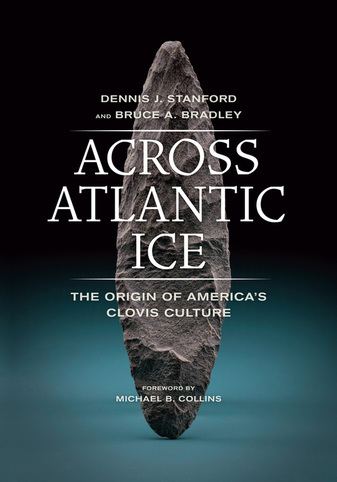 The Cinmar biface featured on the cover of Stanford and Bradley's (2013) book. Image source: http://smithsonianscience.si.edu/2012/01/new-book-across-atlantic-ice-the-origin-of-americas-clovis-culture/
The Cinmar biface featured on the cover of Stanford and Bradley's (2013) book. Image source: http://smithsonianscience.si.edu/2012/01/new-book-across-atlantic-ice-the-origin-of-americas-clovis-culture/
The circumstances of the Cinmar discovery were called into question in a paper by Metin Eren, Matthew Boulanger, and Michael O'Brien titled "The Cinmar Discovery and the Proposed Pre-Late Glacial Maximum Occupation of North America," published in the Journal of Archaeological Science (JAS) in March of this year. Eren et al. questioned the history and details of the find, focusing particularly on inconsistencies and omissions in the various accounts of the discovery. The JAS is a high profile venue, and the paper by Metin et al. generated a significant amount of discussion among archaeologists interested in the peopling of the Americas.
Full disclosure: I consider Metin Eren a friend of mine. We have some overlapping research interests, and have occasionally exchanged emails and papers. I think we've even had beers together at one or two professional conferences.
I should also say that I'm very skeptical of the Solutrean hypothesis. The claim of a trans-Atlantic colonization of North America during the Last Glacial Maximum is an extraordinary one, and I have seen nothing so far that convinces me it is correct. I'm not alone. The Solutrean hypothesis does not enjoy widespread support among North American archaeologists for a number of reasons (see this 2014 exchange for some summary arguments). Unfortunately, it has captured the imaginations of some ugly elements outside of the professional community, serving as the basis for white supremacist and neo-Nazi fantasies about the importance of white people to North American prehistory. That's not the fault of the developers and proponents of the idea, but it's a social dimension to the Solutrean hypothesis that is nonetheless worth being aware of and keeping an eye on.
After reading through both the JAS paper and Lowery's self-published response, I can't say much has changed for me. The discussion about the circumstances of the Cinmar discovery is an interesting one (especially if you like to see an argument), but it's a debate about the details of a single discovery that, in my opinion, doesn't have the power to "prove" anything either way. Despite its appearance on the cover of a book and a charged exchange about the credibility of the artifact and those who are interested in it, the Cinmar biface doesn't really matter.
Let me explain what I mean by that.
On the one hand, what if the case for the Cinmar biface is materially flawed and you just have to throw it out? Eren et al. ask several pointed questions about the discovery, any one of which could potentially sink it as a reliable piece of evidence. Maybe we can't be sure it was in the same dredge load as the mastodon bones, or maybe we can't be sure the artifact was even recovered at sea. So maybe the Cinmar biface means nothing in archaeological terms because we just can't trust it.
But, on the other hand, what if everything about the Cinmar discovery is "best case scenario" for the Solutrean hypothesis? Let's the say we can be sure the point was dredged up in 1970 in the same immediate area as some mastodon remains - what does that actually get us? The "association" between the point and the fauna (on which the age estimate is based) is still incredibly weak, leaving us still with just a single stone point largely without context. Is that the kind of "site" that will change anyone's mind about something as significant as the first colonization of the Americas? I don't think so, and history agrees with me. Think about the sites that have been pivot points in our acceptance of alternative ideas about prehistory in the western hemisphere: L'Anse aux Meadows, Monte Verde, Folsom . . . those were all sites with clear evidence that falsified an existing model. Proponents and skeptics could stand there together and look at the deposits and have a meeting of the minds about what they meant. That's never going to be the case with something like the Cinmar biface. A point that "resembles" a Solutrean artifact with a provenience of "same dredge load as some mastodon bones" is not at the level of a site like Monte Verde - not even close. Under the most charitable reading it doesn't have the power to move the needle on acceptance of the Solutrean hypothesis. By itself it's just not a game changer.
What would be a game changer? Proponents of the Solutrean hypothesis are going to have to find, excavate, and document a real site: good artifacts in good contexts with good dates. Period. If the hypothesis is correct, those sites should be identifiable. The Cinmar biface was made from an inland raw material source, so there should be some sites on dry land with clear evidence of a Solutrean occupation. All you need is one. One good site trumps dozens of finds of purported Solutrean or Solutrean-like artifacts with poor or no context. Think about how many sites with "associations" between stone projectile points and extinct fauna were dismissed in North America prior to the acceptance of the antiquity of humans in the New World demonstrated by careful excavations at the Folsom site. The Solutrean hypothesis will ultimately need something similar.
The burden of proof in this situation pretty clearly has to be on the advocates of the Solutrean hypothesis: it is impossible to use material evidence to prove that Solutrean peoples did not make it to North America (just as we cannot prove they are not currently orbiting the sun in a teapot). The falsifiable hypothesis in this case is that there was no colonization of North America by Upper Paleolithic peoples from Europe. That's what would need to be proved wrong. Does the Cinmar biface, even under the best of circumstances, do that? I would say no. And I would also say that eliminating the Cinmar biface as a piece of evidence doesn't "disprove" the Solutrean hypothesis. Basically, I think that with or without the Cinmar biface the Solutrean hypothesis remains an idea based on an assemblage of circumstantial evidence, none of which at this point appears to be critical to whether the hypothesis is viable or not. I think the Cinmar biface would not change that equation for me even if I had plucked it from the dredge myself. It's just not enough.
Other than it's relevance to archaeology, the Cinmar discussion is interesting because of the speed and openness with which it's taking place. The JAS paper was published open access, so it's available to everyone. Lowery published his response less than two months later on Academia.edu (again, available to everyone). I'm not sure if there's a precedent for this sort of thing - we may be watching something new. It will be interesting to see if the discussion continues and, if so, at what pace and in what format.
Even though I don't think the Cinmar biface is as crtitical to the viability of the Solutrean hypothesis as it has been made out to be, I do welcome the vigorous questioning of evidence. I think it tells you something important about where the debate about the Solutrean hypothesis is at the moment: it's a lot of energy expended over the minutiae of an artifact that greatly diminishes in perceived importance if a single "good" site can be located. That's what I'll be watching for.
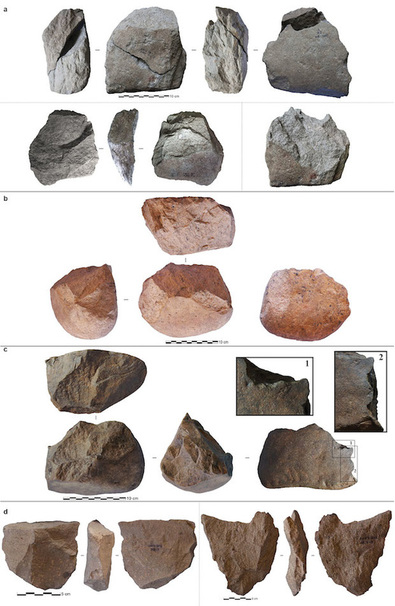
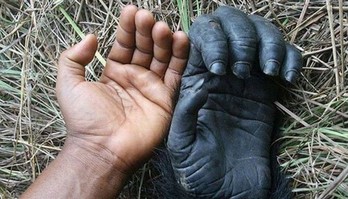
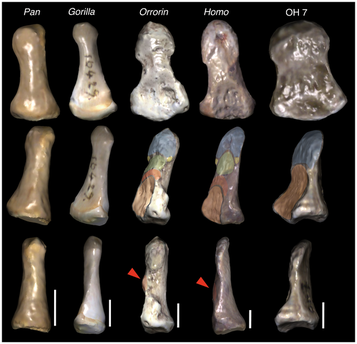
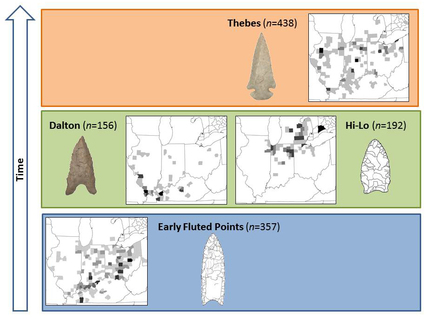
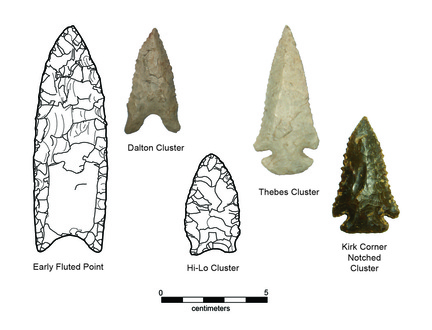


 RSS Feed
RSS Feed
